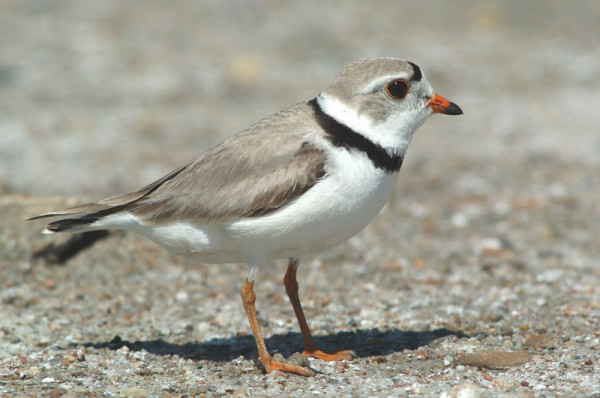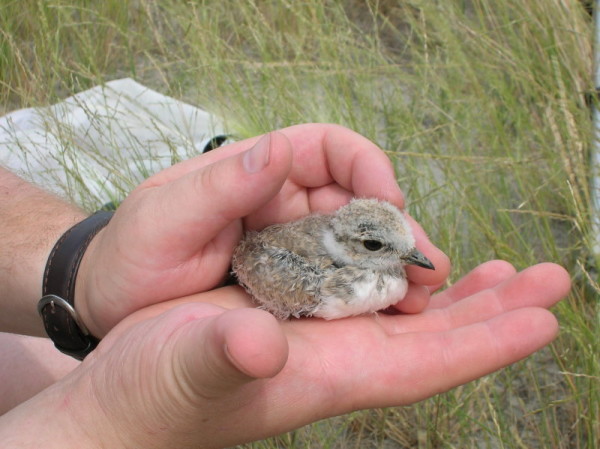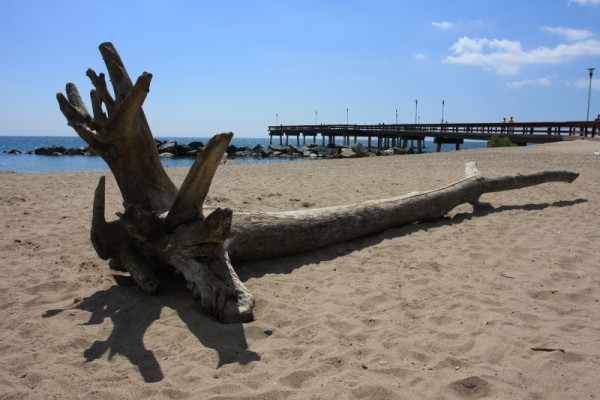The Return of the Endangered Piping Plover
In a society where we expect rapid results and real-time information, the idea that conservation outcomes take years or decades to achieve may seem beyond our bounds of patience. That’s why, when years of effort do yield positive results – even modest ones – the reward is all the more rich. The recent return of the endangered piping plover (Charadrius melodus) to nest on a Toronto Islands beach is an example of such a reward.
The piping plover is a classic tale of a species impacted by human disturbance. The sandy-coloured shorebird, with its distinctive black collar and black head band, has a Canadian range covering the prairies and Ontario (circumcinctus subspecies) as well as Quebec and Atlantic Canada (melodus subspecies). Over time, primarily due to a decline in habitat extent and quality, as well as predation, the piping plover disappeared from many of the beaches that had been ideal habitat for nesting; a 2011 census found less than 1500 adults across Canada, which happens to contain over one half of the global breeding range. Before this past May, the last sighting of the piping plover in Toronto was in 1934 and in the wider Canadian Great Lakes in 1977. Based on their assessment as endangered by COSEWIC, both piping plover subspecies are on Schedule 1 of the federal Species At Risk Act, which means they are afforded the highest level of protection.
The future looked bleak for the piping plover but scientists and concerned citizens – determined not to let the species slide into extinction — have researched and worked tirelessly for decades to educate the public (especially beach goers, who value the same beaches for recreation as the piping plovers for breeding) and protect the fragile nesting sites of this North American migratory bird. Through its Endangered Species Recovery Fund, WWF-Canada proudly supported the work of a variety of organizations committed to recovering the piping plover: over a span of 20 years, nearly 60 projects across Canada were awarded a total of over $730,000. From building predator exclosures and creating interpretative materials for beach users, to counting eggs and banding birds, countless scientists, students, and volunteers have worked to help recover the piping plover. And it has taken decades of persistent effort.
The discovery of two nesting pairs of piping plovers – which by all accounts are doing well — in our urban backyard offers a glimmer of hope that all that effort is starting to pay off. And in fact, there are a few other natural beach sites (Wasaga and Sauble) around the Great Lakes where nesting piping plovers have been sighted in recent years.
Nature works on its own timelines, which may not always align with our own, but every once in a while we bear witness to what happens when we extend a helping hand, and the results are both hopeful and inspiring. Something we can all celebrate!
Anyone interested in providing that helping hand to the Toronto Islands piping plovers is encouraged to contact the Toronto Region Conservation Authority.




